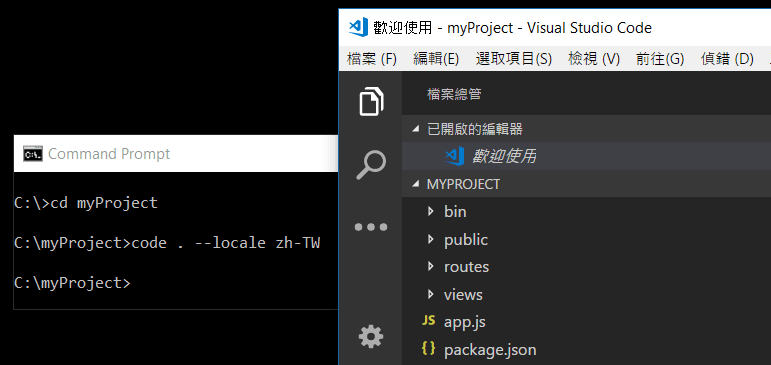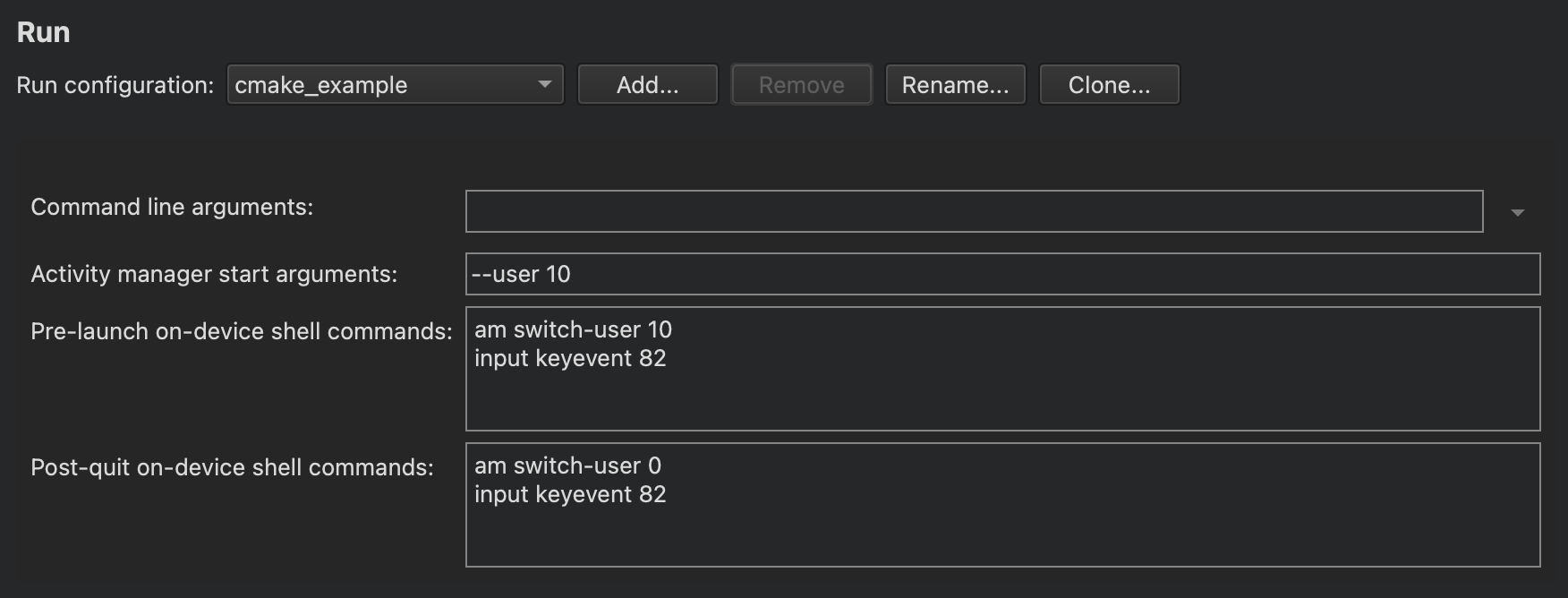-->
This article applies to: ✔️ .NET Core 2.x SDK and later versions
Q&A for Work. Stack Overflow for Teams is a private, secure spot for you and your coworkers to find and share information.

Mac Run Application With Arguments
Name
dotnet run - Runs source code without any explicit compile or launch commands.
Synopsis
Description
The dotnet run command provides a convenient option to run your application from the source code with one command. It's useful for fast iterative development from the command line. The command depends on the dotnet build command to build the code. Any requirements for the build, such as that the project must be restored first, apply to dotnet run as well.
Output files are written into the default location, which is bin/<configuration>/<target>. For example if you have a netcoreapp2.1 application and you run dotnet run, the output is placed in bin/Debug/netcoreapp2.1. Files are overwritten as needed. Temporary files are placed in the obj directory.
If the project specifies multiple frameworks, executing dotnet run results in an error unless the -f|--framework <FRAMEWORK> option is used to specify the framework.
The dotnet run command is used in the context of projects, not built assemblies. If you're trying to run a framework-dependent application DLL instead, you must use dotnet without a command. For example, to run myapp.dll, use:
For more information on the dotnet driver, see the .NET Core Command Line Tools (CLI) topic.
To run the application, the dotnet run command resolves the dependencies of the application that are outside of the shared runtime from the NuGet cache. Because it uses cached dependencies, it's not recommended to use dotnet run to run applications in production. Instead, create a deployment using the dotnet publish command and deploy the published output.
Implicit restore

You don't have to run dotnet restore because it's run implicitly by all commands that require a restore to occur, such as dotnet new, dotnet build, dotnet run, dotnet test, dotnet publish, and dotnet pack. To disable implicit restore, use the --no-restore option.
The dotnet restore command is still useful in certain scenarios where explicitly restoring makes sense, such as continuous integration builds in Azure DevOps Services or in build systems that need to explicitly control when the restore occurs.
For information about how to manage NuGet feeds, see the dotnet restore documentation.
This command supports the dotnet restore options when passed in the long form (for example, --source). Short form options, such as -s, are not supported.
Options
--Delimits arguments to
dotnet runfrom arguments for the application being run. All arguments after this delimiter are passed to the application run.-c|--configuration <CONFIGURATION>Defines the build configuration. The default for most projects is
Debug, but you can override the build configuration settings in your project.-f|--framework <FRAMEWORK>Builds and runs the app using the specified framework. The framework must be specified in the project file.
--forceForces all dependencies to be resolved even if the last restore was successful. Specifying this flag is the same as deleting the project.assets.json file.
-h|--helpPrints out a short help for the command.
--interactiveAllows the command to stop and wait for user input or action (for example, to complete authentication). Available since .NET Core 3.0 SDK.
--launch-profile <NAME>The name of the launch profile (if any) to use when launching the application. Launch profiles are defined in the launchSettings.json file and are typically called
Development,Staging, andProduction. For more information, see Working with multiple environments.--no-buildDoesn't build the project before running. It also implicit sets the
--no-restoreflag.--no-dependenciesWhen restoring a project with project-to-project (P2P) references, restores the root project and not the references.
--no-launch-profileDoesn't try to use launchSettings.json to configure the application.
--no-restoreDoesn't execute an implicit restore when running the command.
-p|--project <PATH>Specifies the path of the project file to run (folder name or full path). If not specified, it defaults to the current directory.
-r|--runtime <RUNTIME_IDENTIFIER>Specifies the target runtime to restore packages for. For a list of Runtime Identifiers (RIDs), see the RID catalog.
-rshort option available since .NET Core 3.0 SDK.-v|--verbosity <LEVEL>Sets the verbosity level of the command. Allowed values are
q[uiet],m[inimal],n[ormal],d[etailed], anddiag[nostic]. The default value ism. Available since .NET Core 2.1 SDK.
Mac Open Application With Arguments
Examples
Run the project in the current directory:
Run the specified project:
Run the project in the current directory (the
--helpargument in this example is passed to the application, since the blank--option is used):Restore dependencies and tools for the project in the current directory only showing minimal output and then run the project:(.NET Core SDK 2.0 and later versions):
You can send arguments to the Main method by defining the method in one of the following ways:
Mac Terminal Open App With Arguments
Note
To enable command-line arguments in the Main method in a Windows Forms application, you must manually modify the signature of Main in program.cs. The code generated by the Windows Forms designer creates a Main without an input parameter. You can also use Environment.CommandLine or Environment.GetCommandLineArgs to access the command-line arguments from any point in a console or Windows application.
The parameter of the Main method is a String array that represents the command-line arguments. Usually you determine whether arguments exist by testing the Length property, for example:
Tip
The args array cannot be null. So, it's safe to access the Length property without null checking.
You can also convert the string arguments to numeric types by using the Convert class or the Parse method. For example, the following statement converts the string to a long number by using the Parse method:
It is also possible to use the C# type long, which aliases Int64:
Mac Open App With Arguments
You can also use the Convert class method ToInt64 to do the same thing:
For more information, see Parse and Convert.
Example
The following example shows how to use command-line arguments in a console application. The application takes one argument at run time, converts the argument to an integer, and calculates the factorial of the number. If no arguments are supplied, the application issues a message that explains the correct usage of the program.

Mac Start App With Arguments 2
To compile and run the application from a command prompt, follow these steps:
Paste the following code into any text editor, and then save the file as a text file with the name Factorial.cs.
From the Start screen or Start menu, open a Visual Studio Developer Command Prompt window, and then navigate to the folder that contains the file that you just created.
Enter the following command to compile the application.
csc Factorial.csIf your application has no compilation errors, an executable file that's named Factorial.exe is created.
Enter the following command to calculate the factorial of 3:
Factorial 3The command produces this output:
The factorial of 3 is 6.
Note
When running an application in Visual Studio, you can specify command-line arguments in the Debug Page, Project Designer.
Comments are closed.